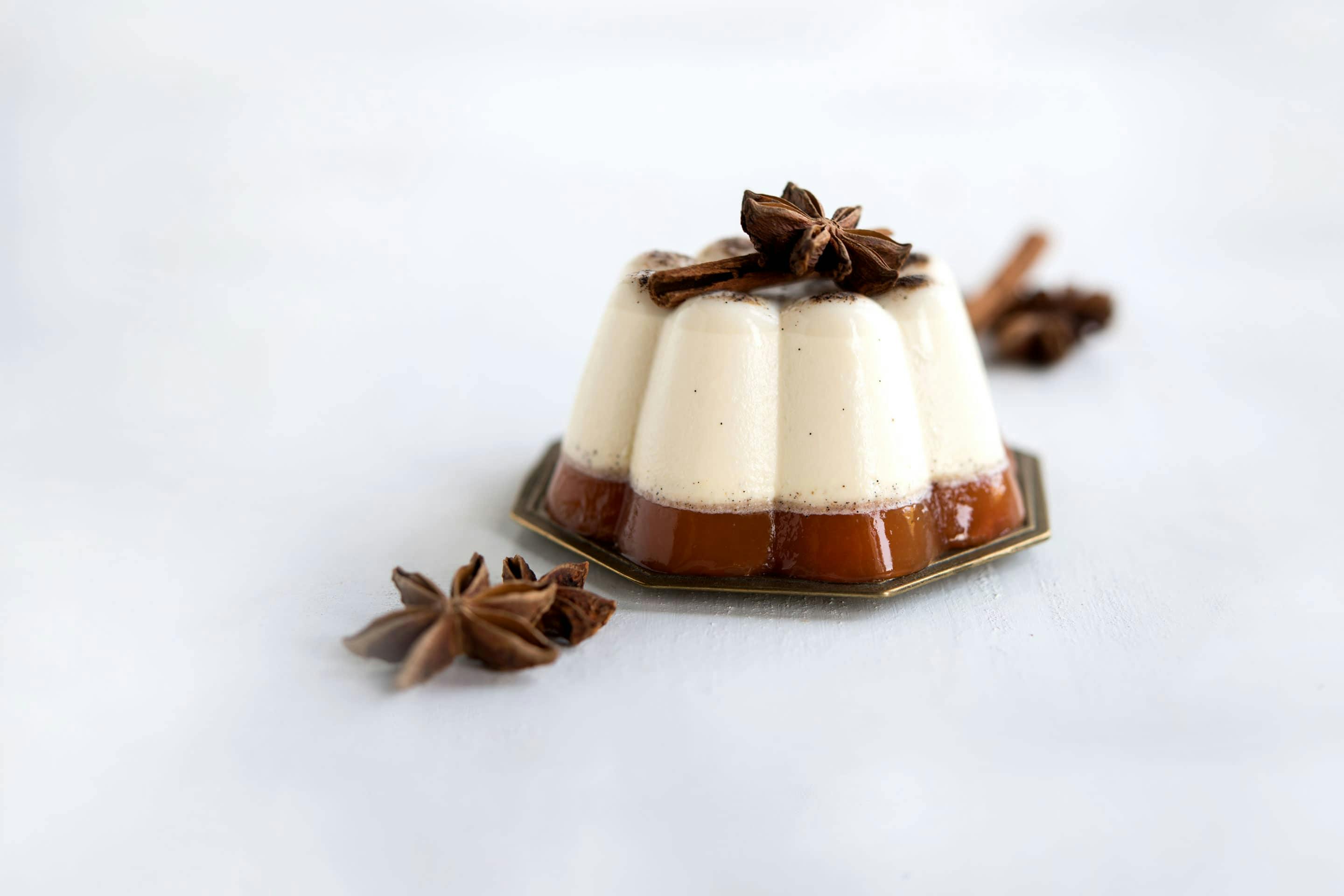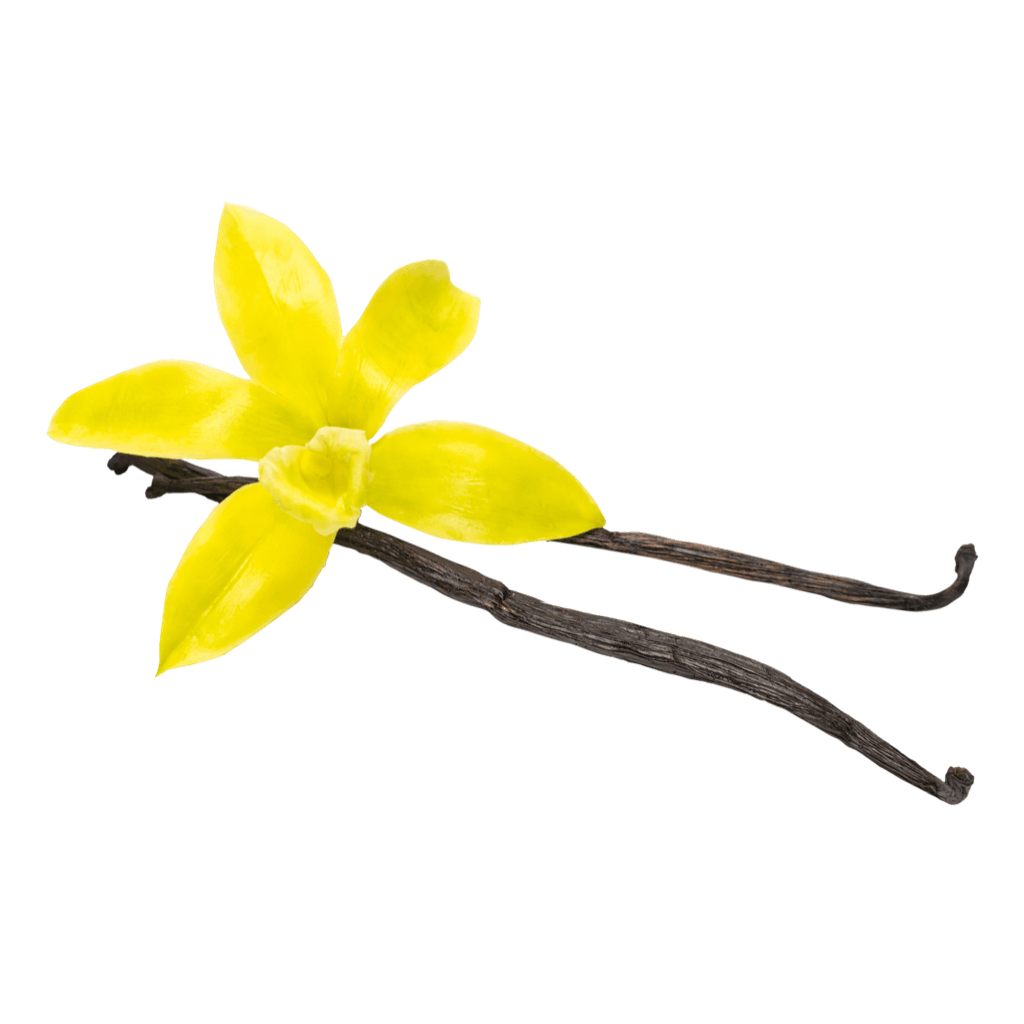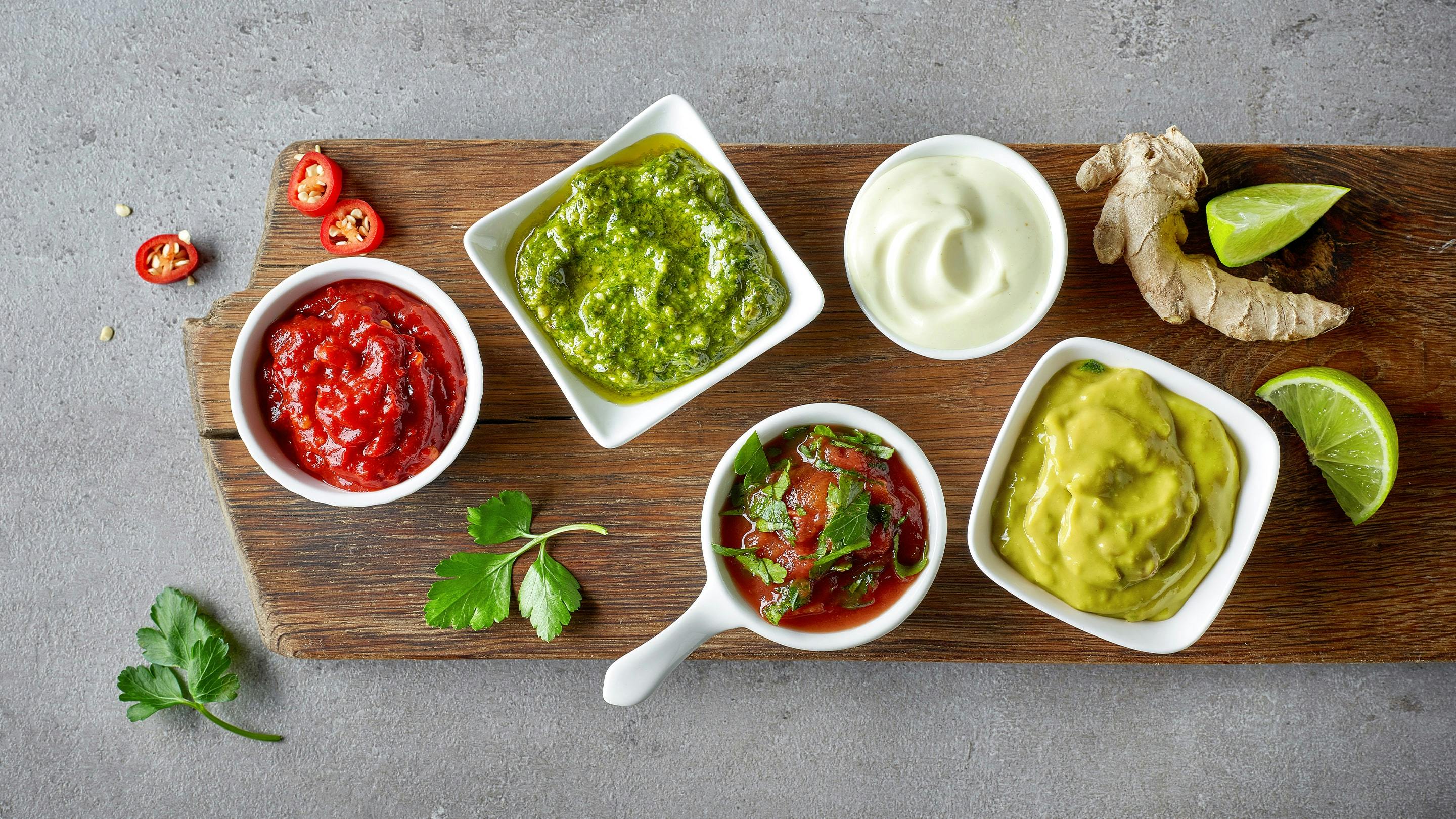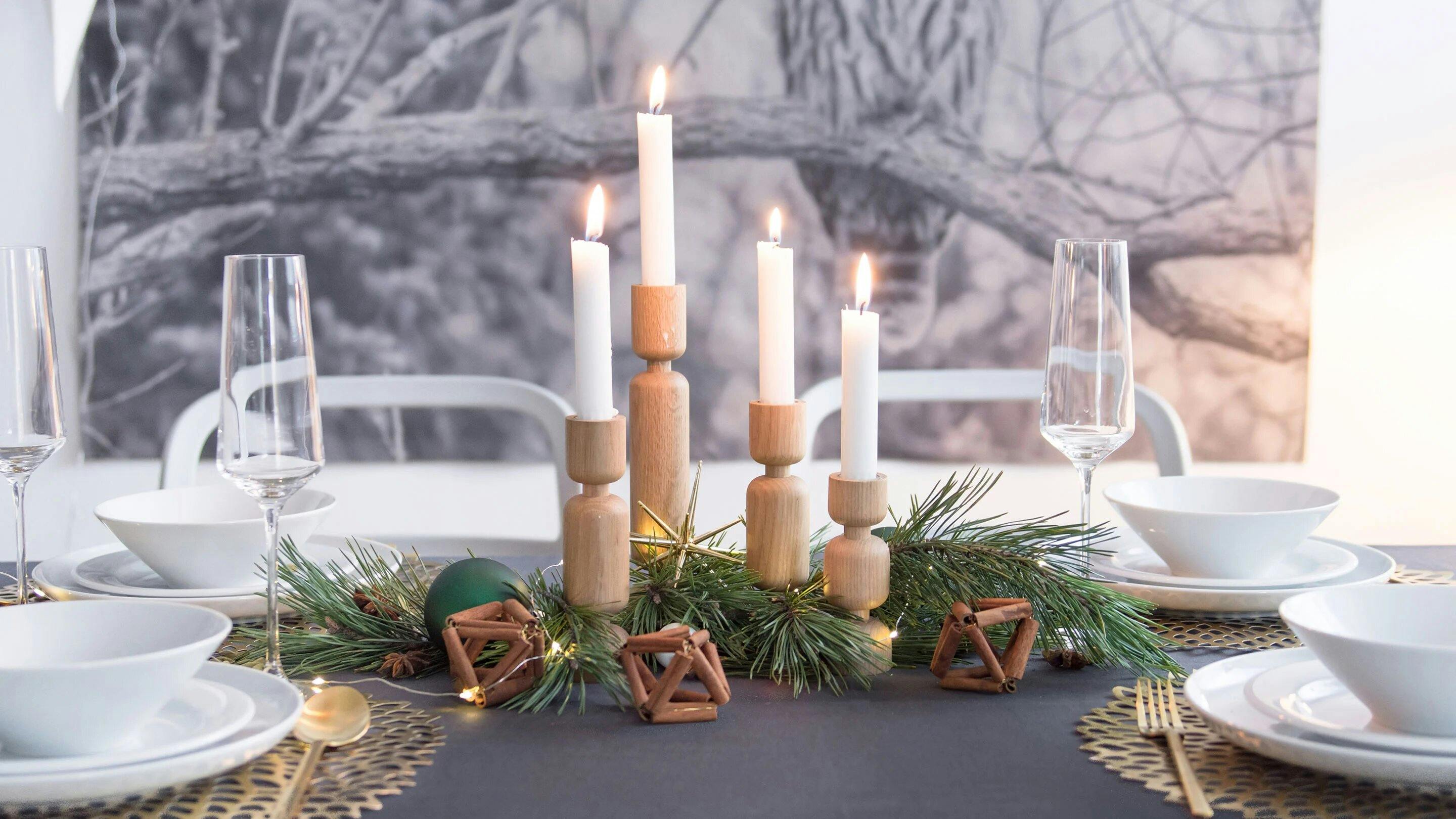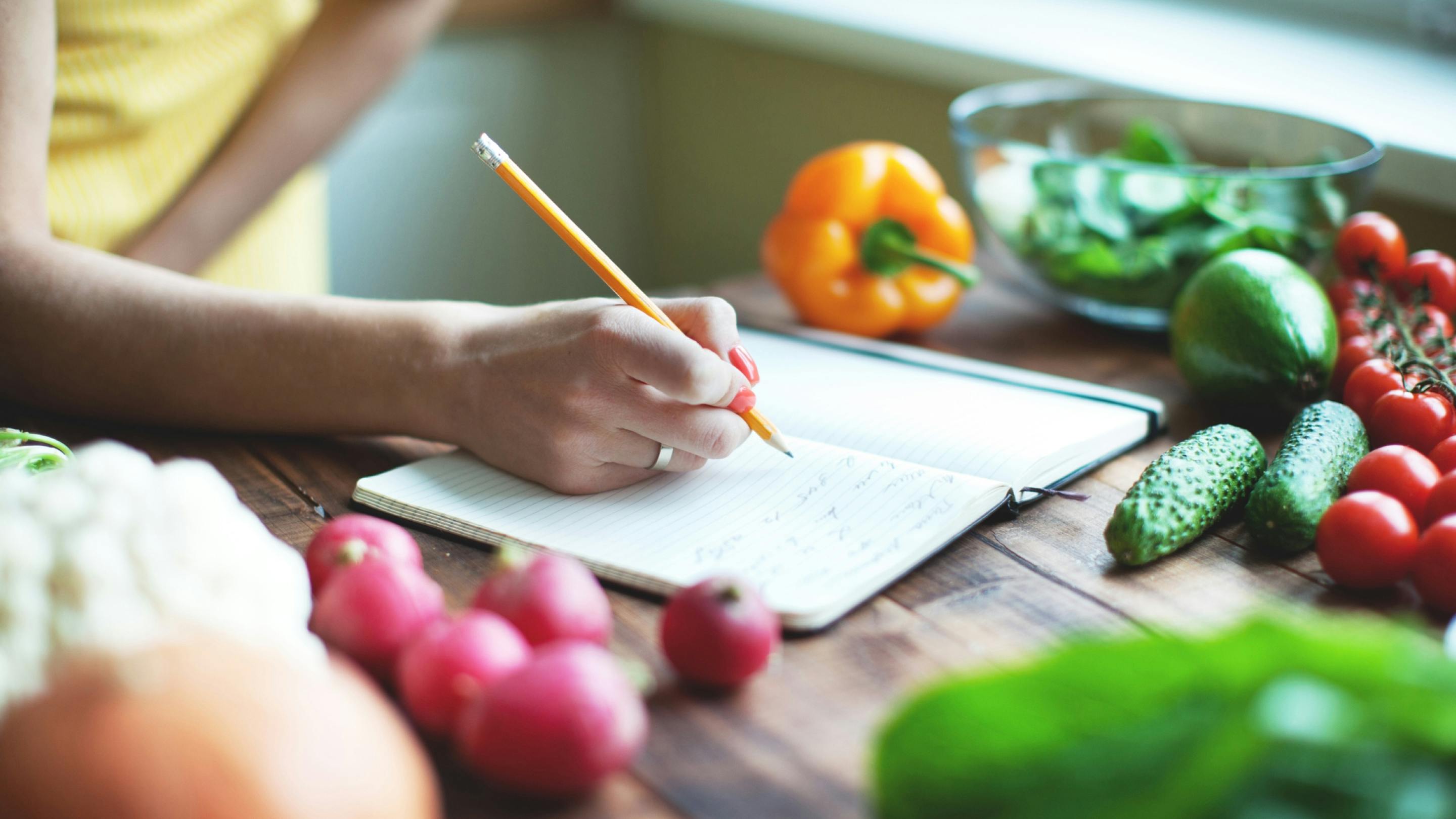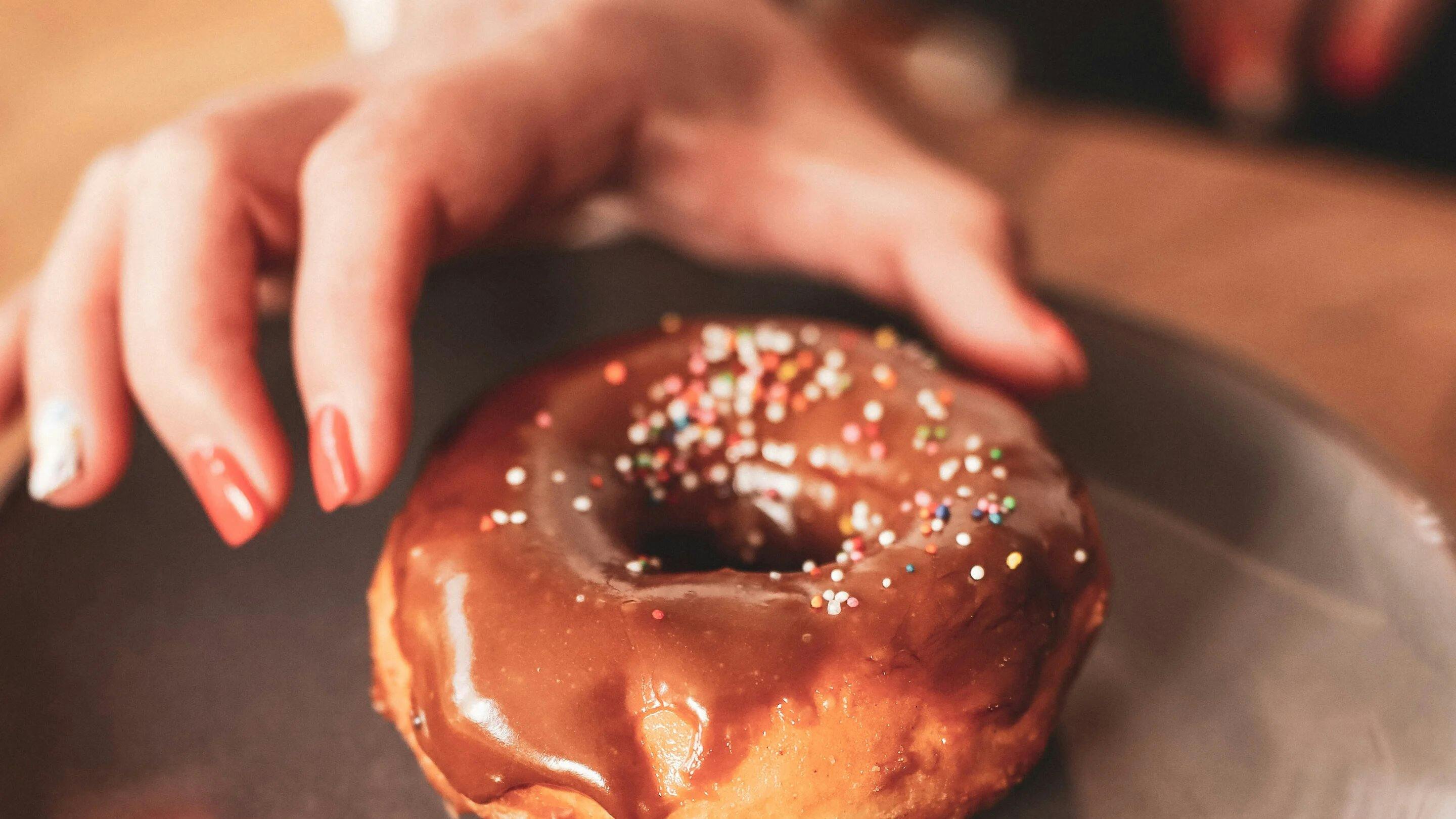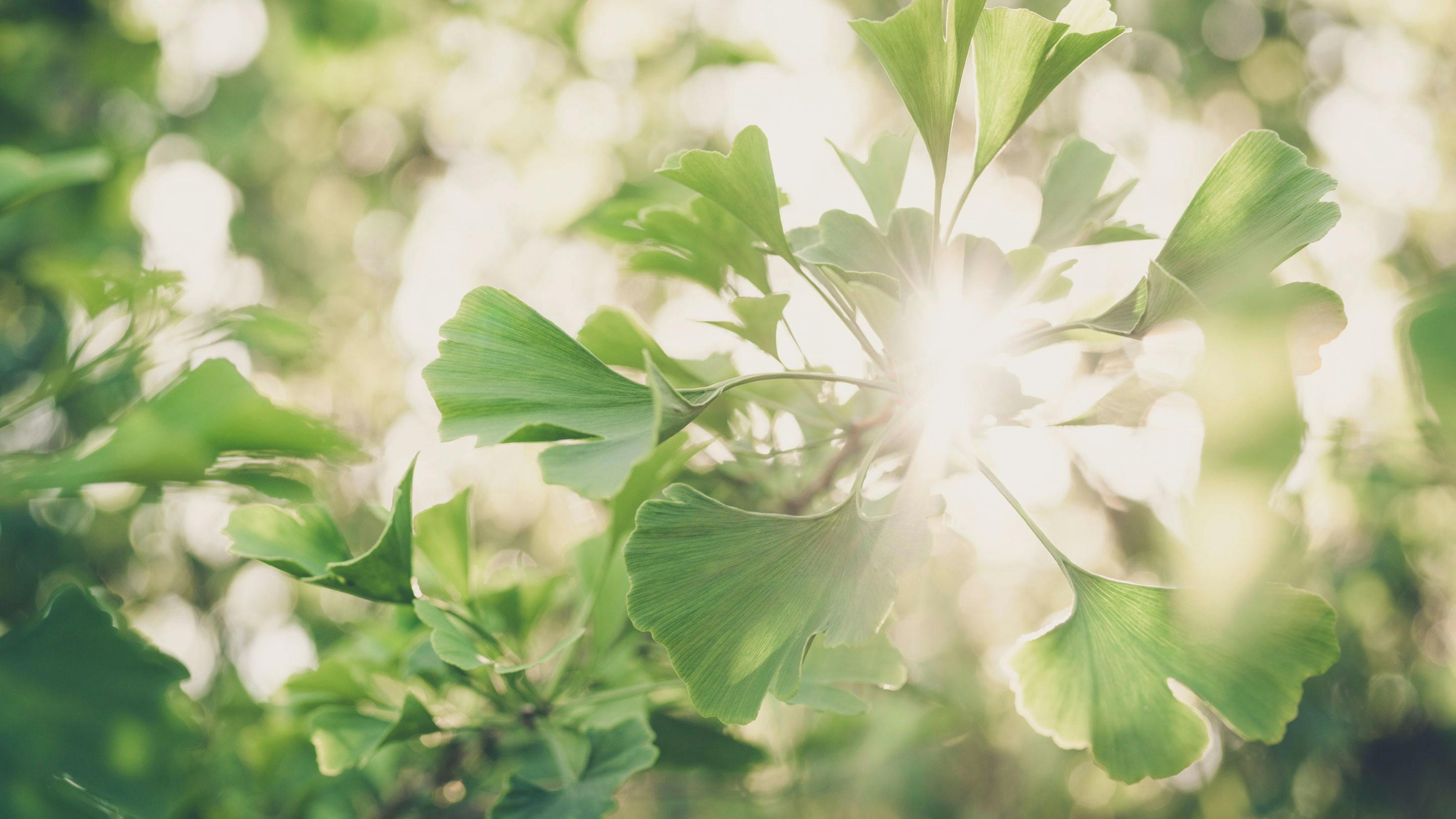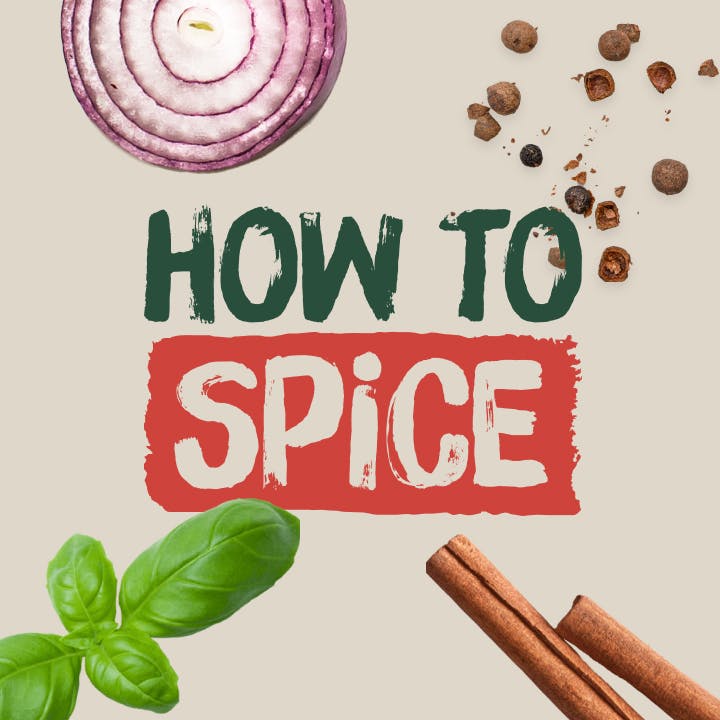
Discover our spice hub
Sometimes you just can't get enough of spices: Learn all about how to elevate your dishes in our new knowledge base!
Every year, we crown one of our spices as the spice of the year. This year, vanilla has won the race. And for many good reasons.
Orchids belonging to the Vanilla genus grow in some tropical regions of the world. There are 120 species in total, but 15 of them have special flavoured capsules that have fascinated people for centuries.
The Aztecs and their subordinates were the first to introduce the plant to Europe, followed later by the Spaniards, who invaded their country. Initially, it was reserved exclusively for the Spanish upper classes. It was not until the beginning of the 19th century that the Dutch and the French began to cultivate it. The latter mainly on the island of La Réunion, which was then called Île Bourbon (and that name probably rings a bell with some of you!). And the efficiency-minded Germans managed to produce synthetic vanillin in 1874. But that’s not what this article is about – we’re focussing on the real vanilla pod. Because it is one of the most valuable and powerful spices we know.
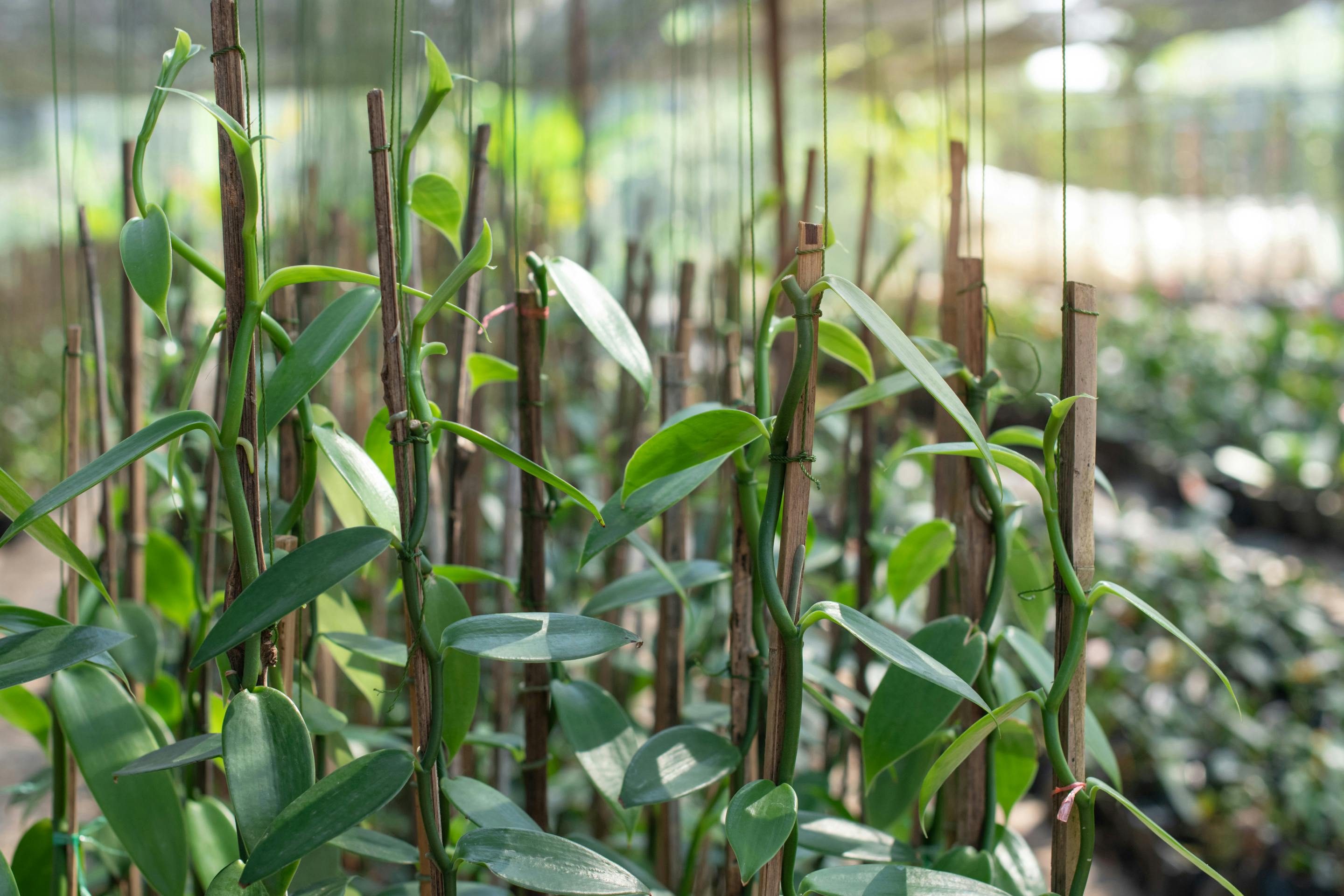
An unmistakable flavour
The unripe vanilla pods are harvested shortly before flowering and dried and fermented for several weeks. Only then do they take on their leathery-brown, shiny appearance and characteristic flavour. Vanilla has a complex flavour that is both sweet and spicy. Velvety floral notes that are slightly reminiscent of honey show up as well. It is a special depth that characterises vanilla and makes the spice popular with cooks all over the world – from top chefs to baking enthusiasts.
Not just sweet, but savoury too
When you think of vanilla, the first thing that comes to mind is desserts. In baking recipes, for example, vanilla almost always plays an important role – especially due to being a key component in vanilla sugar (which at Kotányi is of course not made with vanillin, but with real vanilla). In addition to cakes and biscuits, it is the creams, puddings, and parfaits that are often carried by the flavour of vanilla. It is a familiar sweetness that creates a feel-good atmosphere.
Much more exciting, however, is its use in savoury cuisine, where you can really get creative. Especially in Central America, where vanilla originated, the versatile pod is used much more frequently. There, it adds a pleasant sweetness and depth to pork or chicken marinades, for example.
Something you should definitely try: Add vanilla to creamy soups and savoury stews. The delicate spice goes particularly well with sweet vegetables such as carrots, pumpkin, or lentils and should be given enough time to develop. In tomato sauces, vanilla can be the counterpart that harmoniously rounds off the acidity of the tomatoes. It also cuts a fine figure in side dishes and adds an exciting flavour to rice or quinoa.
One more thing: the Viennese vanilla roast has nothing to do with vanilla, as it contains a lot of garlic instead of vanilla. This is because vanilla was very expensive at the time of its invention, and garlic was known as the “vanilla of the little man”. However, if you are keen to experiment, you can of course try adding real vanilla to roast beef – perhaps it will be your new favourite recipe!
Our favourite vanilla recipes
Currently Viewing: 1 of 0
An important player in modern cuisine
In recent years in particular, there has been a global trend towards experimenting with vanilla to create new flavour combinations. Vanilla can work amazingly well in combination with hot spices such as chilli or pepper and create a surprising twist. Vanilla is also finding its place in molecular cuisine to create complex, multi-layered dishes.
Is it good for you?
We wouldn’t be Kotányi if we weren’t also on the lookout for possible health benefits. We quickly found what we were looking for in vanilla. The pod is said to have a mood-lifting effect, which is probably also due to its sweet flavour. By possibly reducing stress and anxiety, it has potential to contribute to an improvement in mental health.
In addition, Vanilla contains antioxidants that can help fight free radicals – unstable atoms or molecules that can cause cell damage. Oh yes, and one more thing: vanilla is also said to have an aphrodisiac effect (which is probably less true of roast vanilla, as it is bursting with garlic).
As you can easily see: We are quite in love with our spice of the year. This is also because the vanilla pod has so much power in it – so much that you can use it not just once, but several times: Scrape out the seeds to flavour a dessert, for example. Then soak the empty pod in sugar to make your own vanilla sugar. Then add it to boiling milk. Or soak it in oil straight away. This way you get the most out of the vanilla pod. For a long, long time!
Discover our vanilla prodcuts
Currently Viewing: 1 of 0
Spice up the web! Share this article on...
Read more
Currently Viewing: 1 of




